Most people compare solar PV vs. solar thermal to know if there’s a difference. But, in truth, electricity is not the only thing you can get from solar energy. Also, you can generate heat from solar panels.
In short, solar PV and thermal panels may use the same energy source but offer different benefits. Interestingly, you can use both in your home, but one can’t serve the purpose of the other. So, what makes these two technologies different?
This solar PV vs. thermal article will explore the differences between these solar cells, and you’ll discover which is a better investment.
What are Solar PV and Thermal Systems?
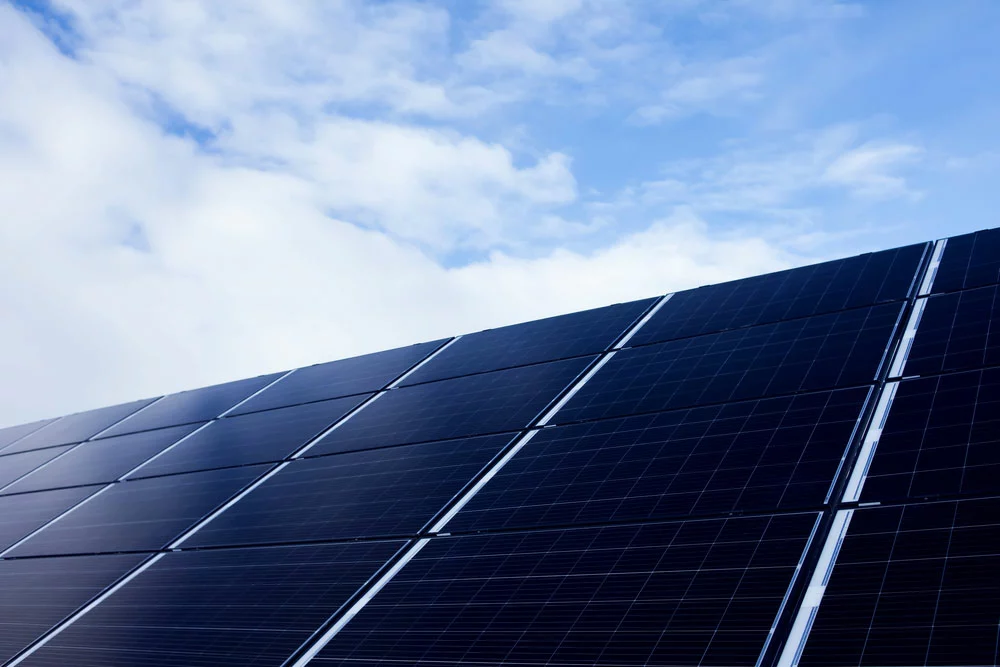
Solar panels
Solar PV and thermal are the two major types of solar technology today. PV systems can generate electricity when sunlight hits a solar panel. In contrast, solar thermal converts the sun’s energy to heat for water, home, and office use.
In addition, solar PV systems create enough electricity to run an entire building for days. And it can become a source of income when you sell excess power to the grid. Likewise, thermal systems can heat a building’s water system efficiently and provide temperature control during cold conditions.
What’s the Difference between Solar Thermal and PV?
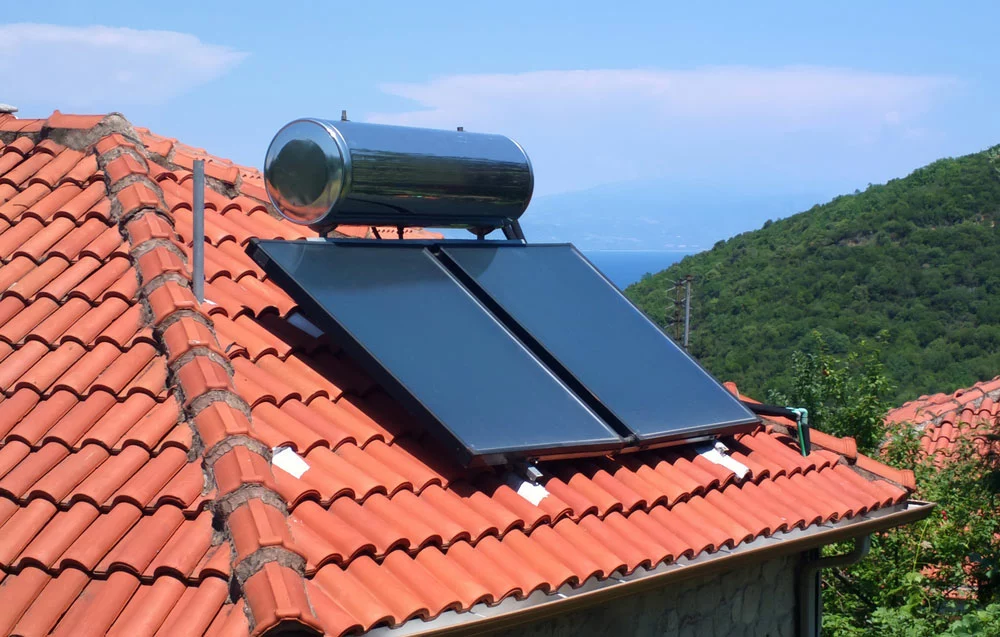
Solar thermal panel
Both thermal and PV systems offer environmental benefits for specific uses. Let’s look at the differences between these solar tech giants.
Shapes and Sizes
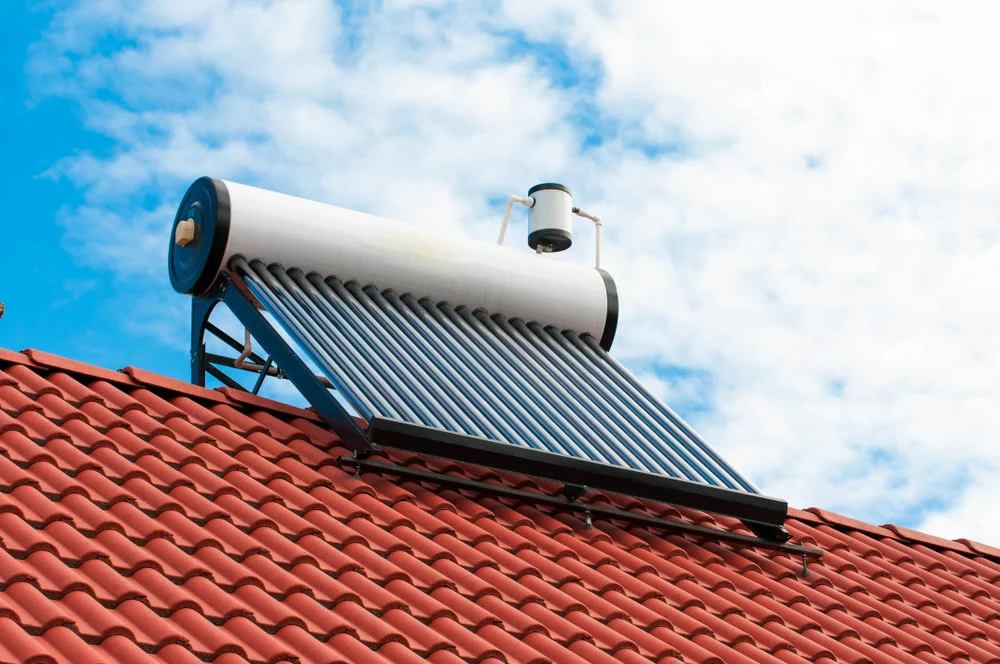
Solar water heater
Generally, PV systems take more roof space than thermal models. A solar PV system can occupy 10m2, while thermal arrays cover 3 to 4m2.
However, solar thermal may occupy some internal space if you want water heating. In contrast, PV systems rarely require any interior space. Further, adding cables, transformers, and batteries won’t make your home feel cramped.
Ease of Use
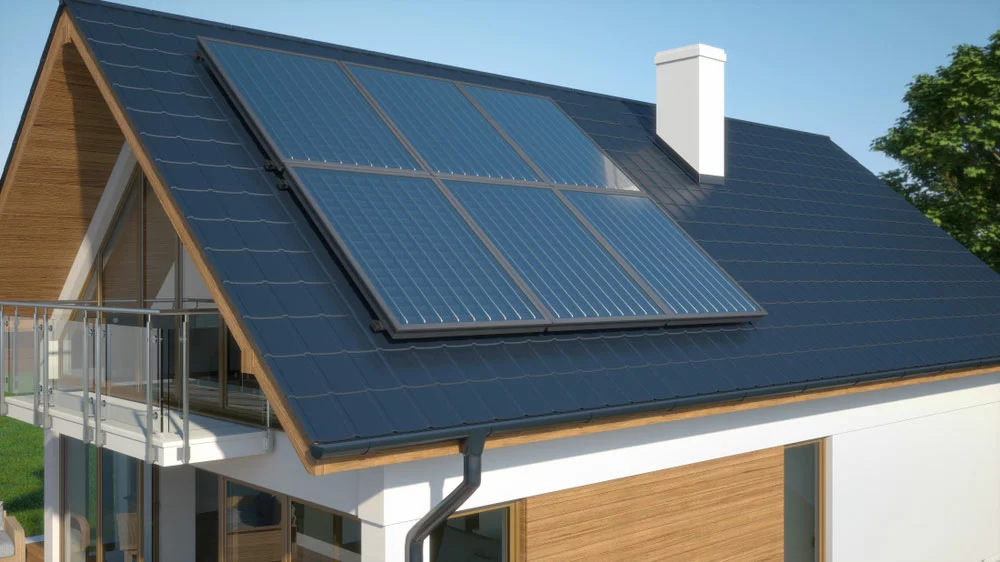
Solar panels on a roof
Both systems use simple technologies. First, you install the panels on your roof to collect sunlight. Then, thermal systems utilize this energy to heat liquids inside tubes before transporting them to a cylinder.
On the other hand, sunlight excites the electrons in PV systems, allowing them to generate electricity. In truth, you can power your home directly or use batteries to store excess energy for future use.
Hence, Solar PV systems are generally easier to use than thermal arrays.
Problems and Maintenance
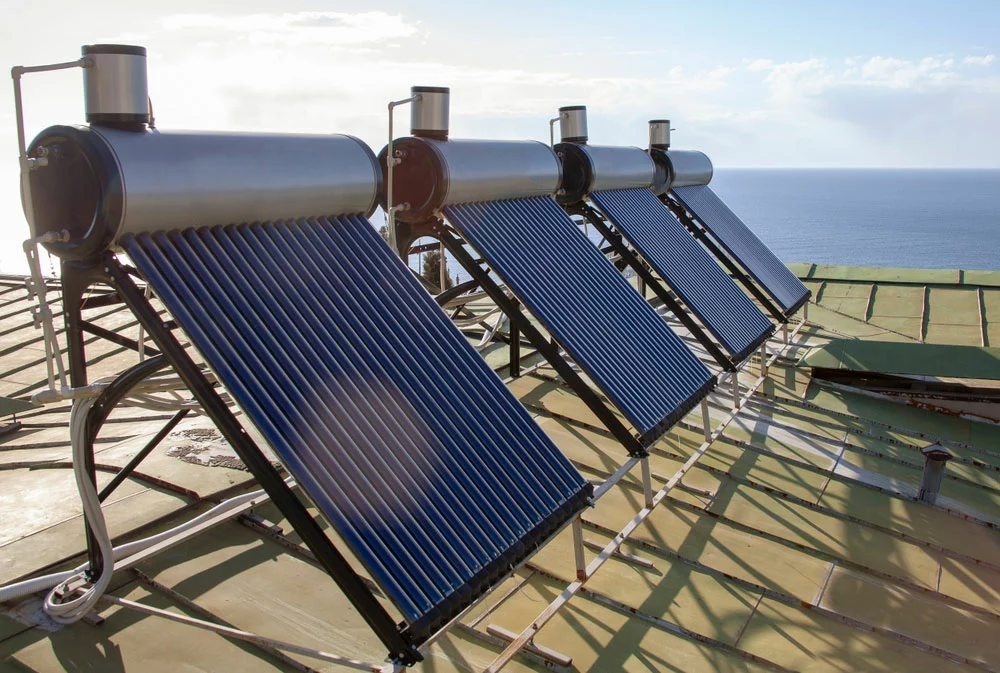
Multiple solar water heaters
PV systems can last for decades with minimal maintenance. Also, they have excellent life expectancy, life span, and durability to withstand harsh weather conditions. Sadly, we can’t say the same for thermal panels.
Although solar thermal arrays are more efficient at heating, they present various issues. For example, they have shorter lifespans, require more maintenance, and may develop other complications.
In addition, solar thermal systems are more complex than PV systems. Usually, they have one purpose (heating your space).
So, adding more functions means including more systems and increasing the chances for potential expenses and issues. Also, solar thermal panels may freeze during winter and cloudy weather.
Advantages
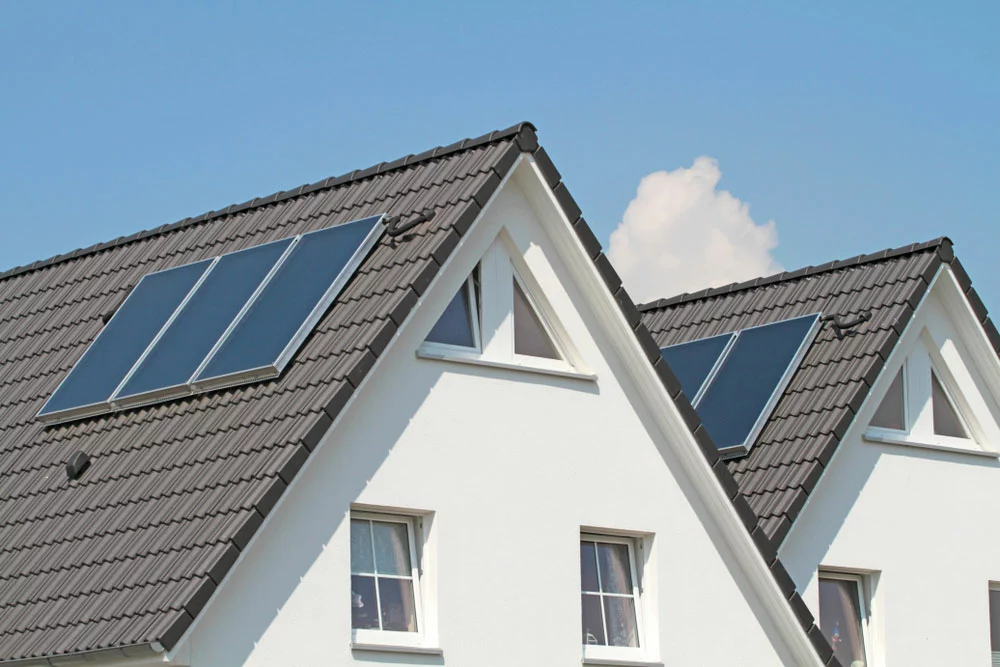
Solar thermal systems on roofs
In truth, solar thermal systems have their upsides as they possess high-efficiency rates. Usually, they’re over 70% more efficient at collecting heat from solar energy than PV cells. In addition, thermal panels are your go-to environmentally friendly heating solutions–if your building has many installed water cylinders.
On the other hand, solar PV systems provide surplus energy during summer and won’t freeze during winter. Also, they’re suitable for households with high energy consumption and looking to reduce costs. Further, solar PV panels can provide 80% of your electricity needs and may generate even more.
Interchangeability
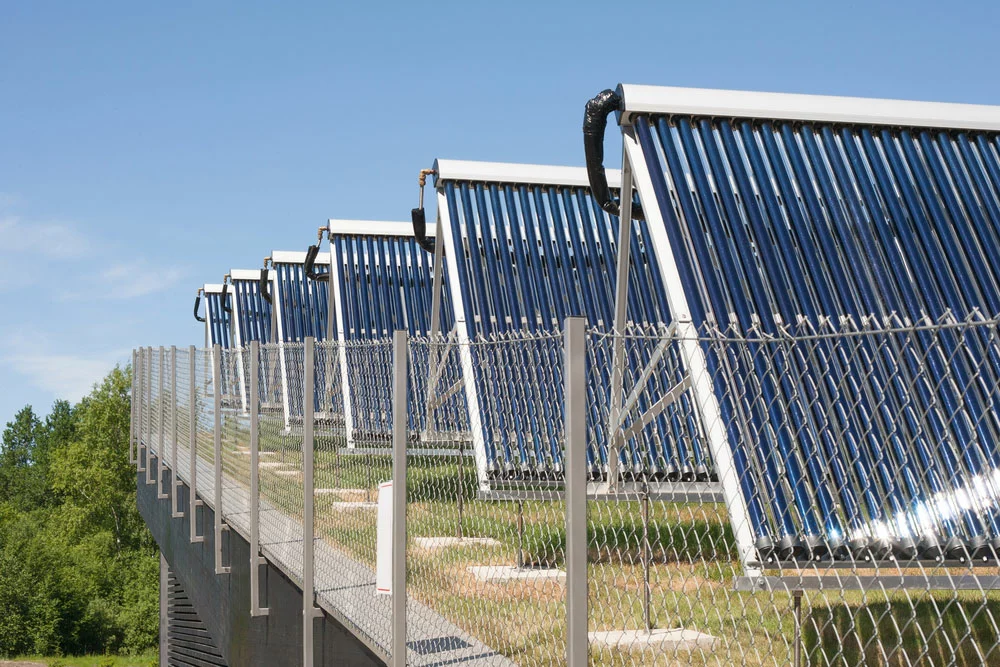
Solar thermal systems
PV systems offer more flexibility than thermal arrays. For example, while PV panels can power water heaters, you can’t use thermal systems to generate electricity.
Solar thermal is incredibly rigid and will cover only your heating needs. No doubt, PV systems can provide both electricity and heat. However, you’ll need a diverter within the system to redirect excess power to your immersion.
Installation Costs
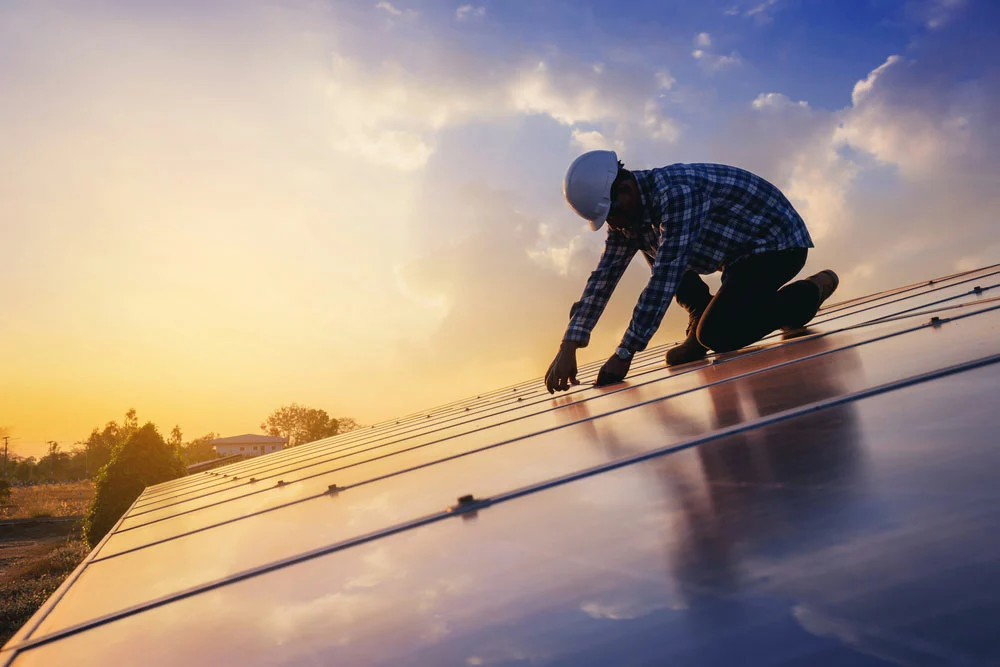
Man installing solar panels
Both systems have jaw-clenching upfront costs. But grants and other incentives can help reduce the installation price for PV panels. As a result, PV systems can get significantly less expensive than their thermal counterparts.
Solar PV. vs. Solar Thermal: Which is Better?
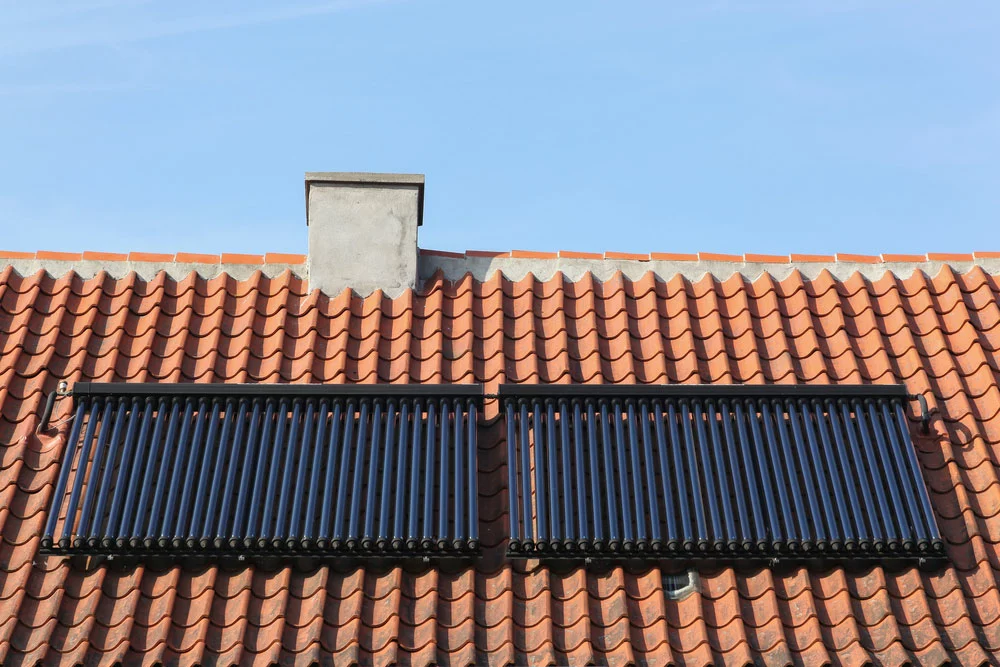
Solar thermal panels
This question depends on your energy needs. Solar PV systems offer more energy benefits, pushing them a few steps ahead of thermal arrays. And they can generate electricity that’s useful for heating purposes.
Additionally, solar PV systems have better lifespans and durability. Plus, you can enjoy reduced electrical bills or go off-grid with this technology. However, solar thermal is better if you want to cover only your home’s heating needs.
Rounding Up
Solar PV and thermal systems offer different ways to harness the sun’s energy. Photovoltaic cells can absorb sunlight and convert it into electricity. Additionally, these systems are flexible, and you can use them for various applications, including heating.
Moreover, thermal arrays offer a more limited approach. They can absorb sunlight, similar to PV systems but don’t generate electricity. Instead, they convert solar energy to heat for water or air. Generally, Solar PV systems are better investments, and you may enjoy cashback for going green.
Do you have any questions? Feel free to contact us, and we’ll be happy to help.
